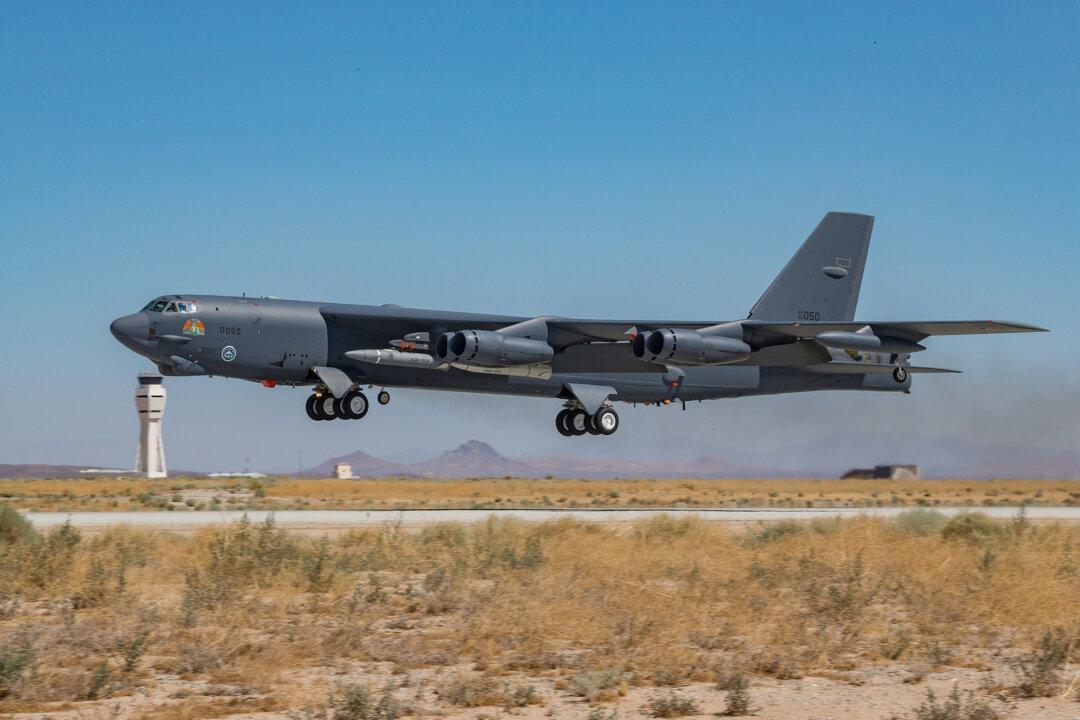Commentary
Using a language, tone, and tenor not seen in many years, the North Atlantic Treaty Organization (NATO) released a statement on the damage to the Nord Stream pipelines in the Baltic Sea. In the release, NATO cites that willful sabotage was the likely cause, but didn’t affix blame on a nation or group. Voice of America added the interpretation that NATO “vowed retaliation” over this episode.





